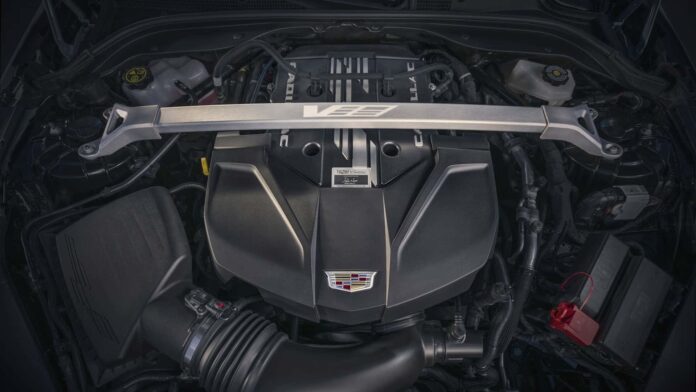General Motors is doubling down on its commitment to gasoline engines, despite ambitious plans for electric vehicle dominance. The automaker recently announced a substantial $888 million investment in developing a next-generation small-block V-8 engine, and new reports suggest this powerful lineup will come in two distinct sizes: 5.7 liters and 6.6 liters.
This isn’t just an update; it signals GM’s intent to keep V-8s relevant for years to come. The smaller 5.7-liter version is rumored to power trucks like the Chevrolet Silverado 1500, emphasizing fuel efficiency without sacrificing muscle. Meanwhile, the larger 6.6-liter will likely be reserved for performance vehicles such as the Corvette, future CT5 sedans, and other high-performance models.
While horsepower figures remain under wraps, GM promises a significant power boost alongside improved fuel economy and reduced emissions. The manufacturer claims this is thanks to “new combustion and thermal management innovations.”
The current 5.3-liter V-8 generates 355 horsepower and 383 lb-ft of torque, while the larger 6.2-liter cranks out 420 hp and 460 lb-ft. Supercharged versions, like those found in the Escalade-V, reach an impressive 682 hp and 653 lb-ft.
The arrival of these new V-8s in full-size pickups is slated for 2027. This marks a significant upgrade to the current fifth-generation small block V-8 introduced back in 2013, which has powered numerous GM vehicles over the past decade. This substantial commitment to combustion engines comes on the heels of GM’s $579 million investment in its Flint Engine Operations dedicated to producing these new V-8s.
This move seems contradictory considering GM’s pledge to sell only zero-emission vehicles by 2035. However, the slow adoption of EVs and continued consumer demand for gasoline-powered cars demonstrate that internal combustion engines still hold a strong market presence, at least in the near future.
It’s clear that GM is listening to its customers, ensuring these powerful V-8s will likely keep roaring well into the next decade – perhaps even beyond 2035.



































